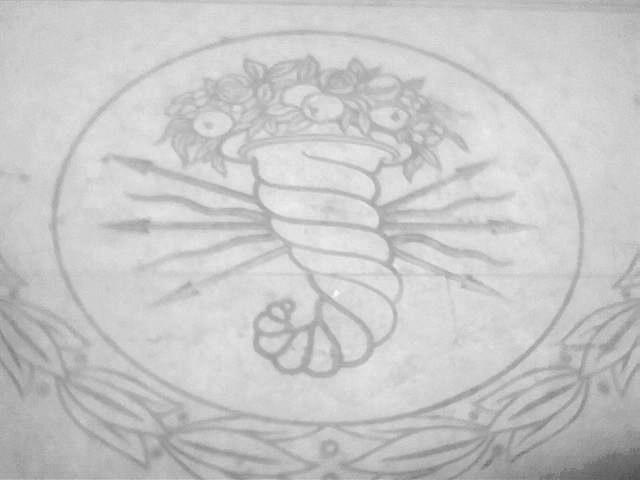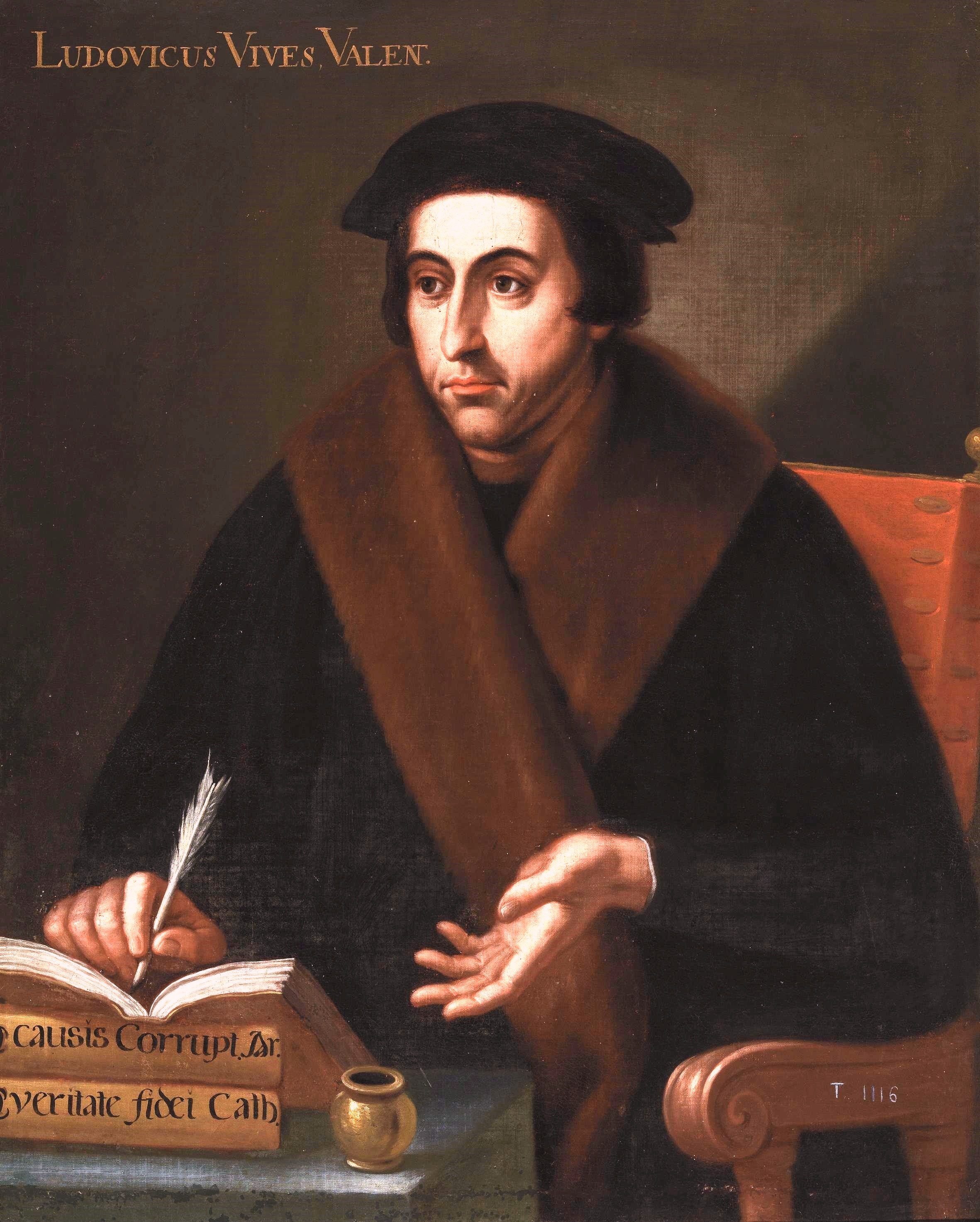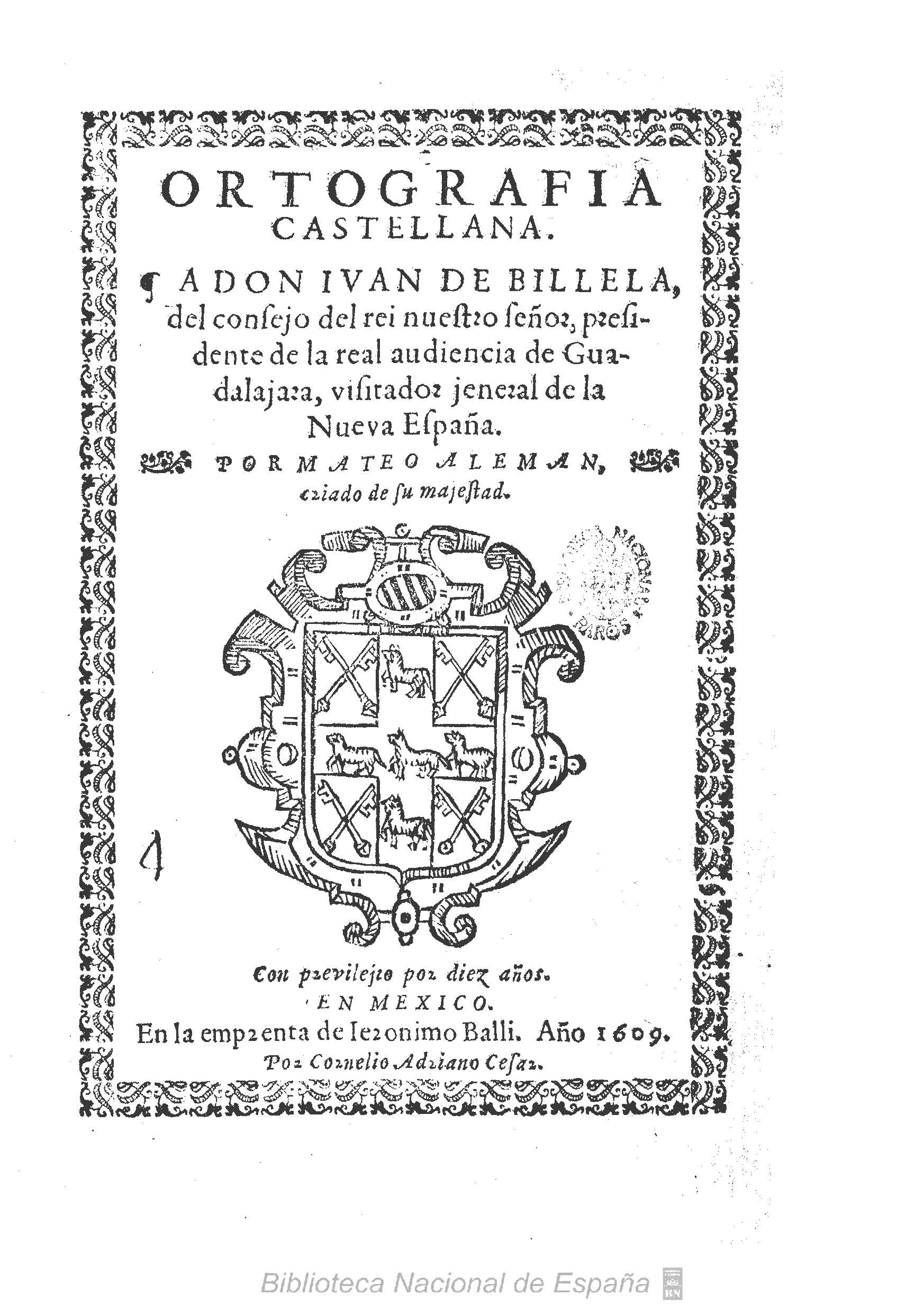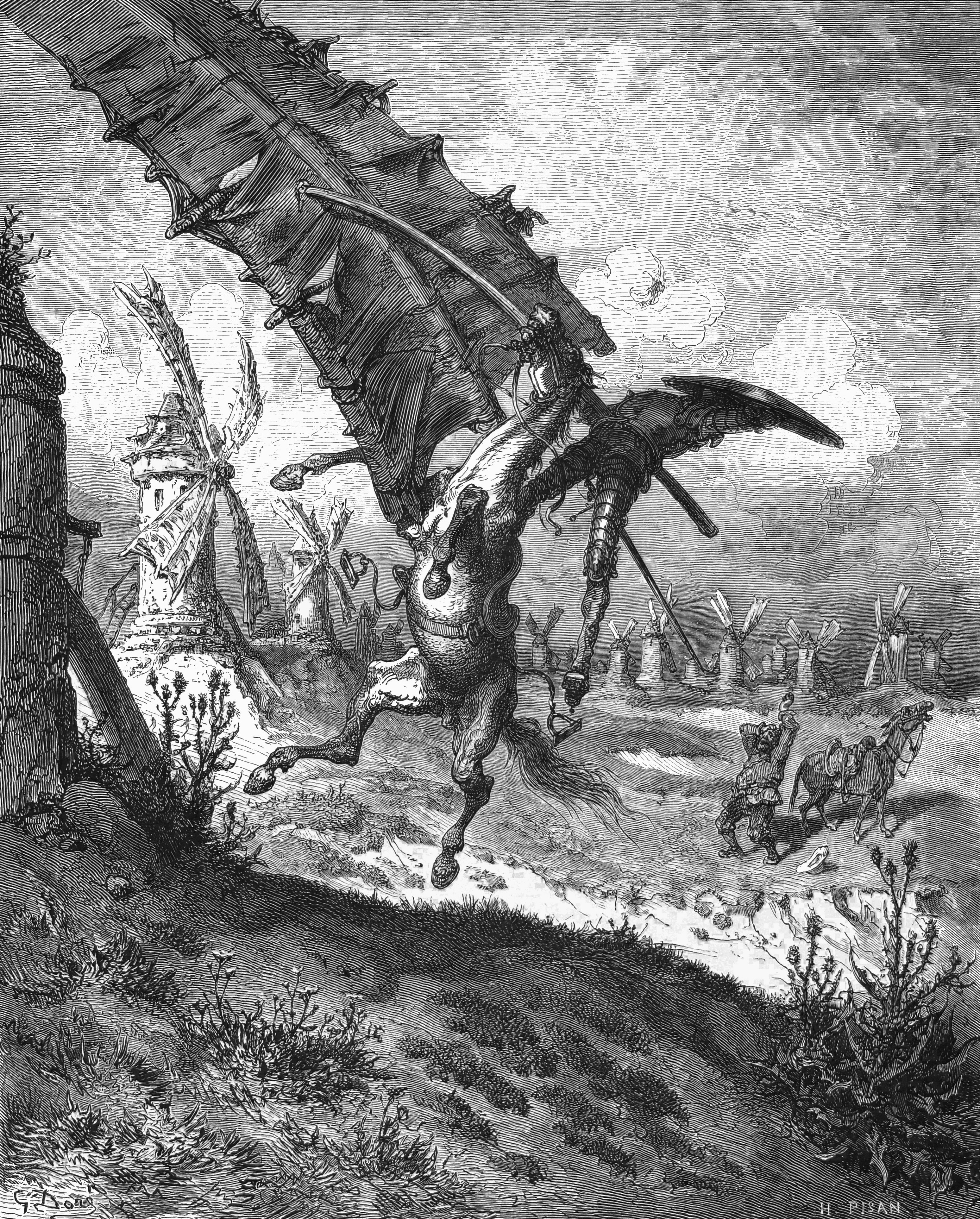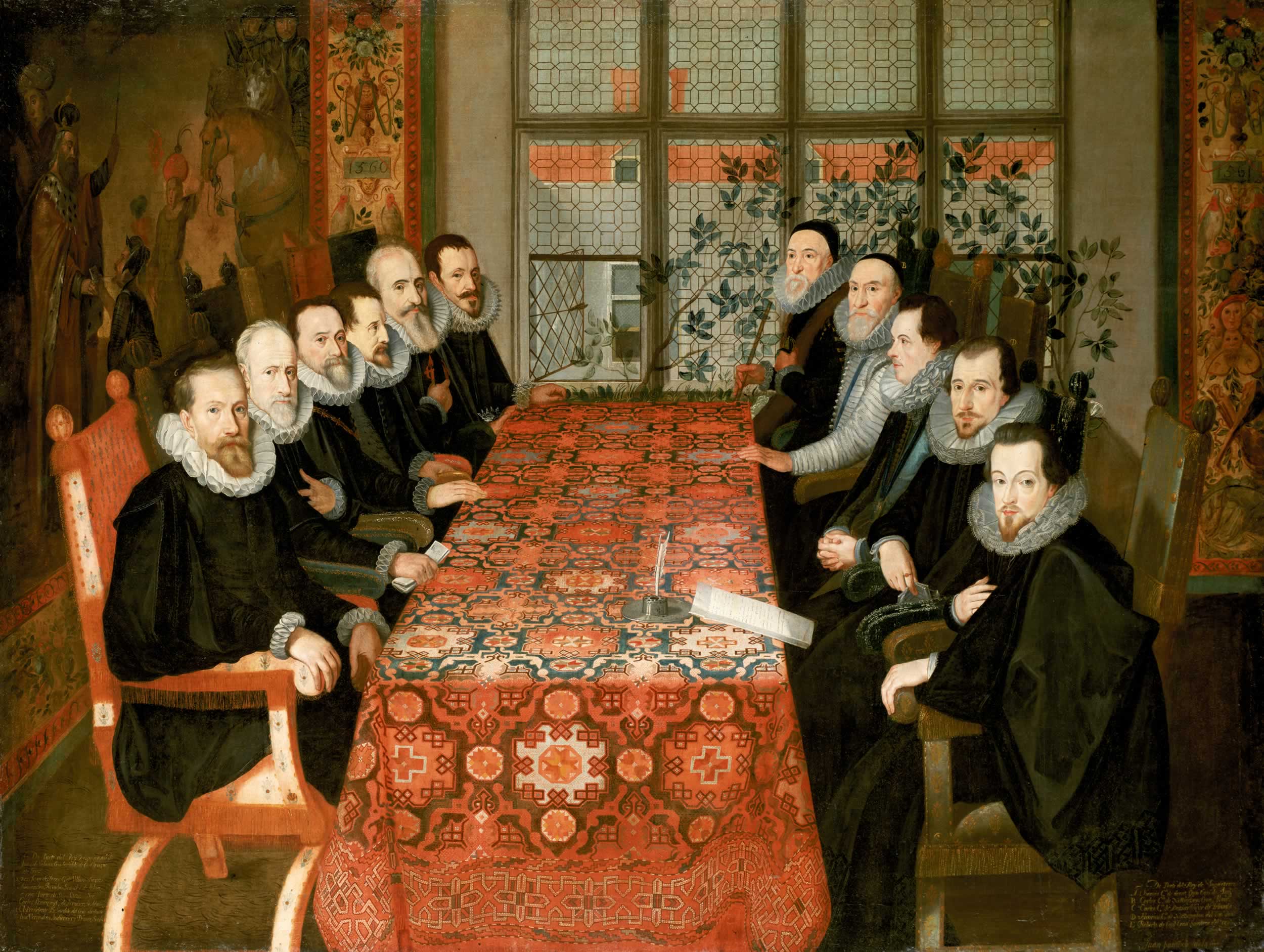|
Juan José Martí
Juan José Martí (c. 1570 – 22 December 1604) was a Spanish novelist, who was born at Orihuela, Province of Alicante about 1570. He graduated as bachelor of canon law at Valencia in 1591, and in 1598 took his degree as doctor of canon law; in the latter year he was appointed co-examiner in canon law at the University of Valencia, and held the post for six years. He died in Valencia, and was buried in Valencia Cathedral on 22 December 1604. Marti joined the Valencian Academia de los noclurnos, under the name of Atrevimiento, but is best known by another pseudonym, Mateo Luján de Sayavedra, under which he issued an apocryphal continuation (1602) of Alemán's ''Guzmán de Alfarache'' (1599). Marti obtained access to Alemán's unfinished manuscript, and stole some of his ideas; this dishonesty lends point to the sarcastic congratulations which Alemán, in the genuine sequel (1604) pays to his rival's sallies: "I greatly envy them, and should be proud that they were mine." E ... [...More Info...] [...Related Items...] OR: [Wikipedia] [Google] [Baidu] |
Orihuela
Orihuela (; ''Corpus Toponímic Valencià''. Acadèmia Valenciana de la Llengua. 2009, València.) is a city and municipality located at the foot of the Sierra de Orihuela mountains in the province of Alicante, Valencian Community, Spain. The city is in one of the only Spanish-speaking areas of the Valencian Community. The city of Orihuela had a population of 33,943 inhabitants at the beginning of 2013. The municipality has an area of 367.19 km2, and stretches all the way down to the Mediterranean coast, west of Torrevieja, and had a total population of 92,000 inhabitants at the beginning of 2013. This includes not only the city of Orihuela, but also the coastal tourist development hub (''urbanización turística'') of Dehesa de Campoamor with 33,277 inhabitants (2013) and a few other villages. The river Segura flows through Orihuela. The city was settled by Romans who called it ''Orcelis'' and subsequently ''Aurariola'' (Latin: "breeze"). History Orihuela is the cap ... [...More Info...] [...Related Items...] OR: [Wikipedia] [Google] [Baidu] |
Alicante (province)
Alicante (, , ; ; ; officially: / ) is a Provinces of Spain, province located in eastern Spain, in the southern part of the Valencian Community. It is the second most populated Valencian province, containing the second and third biggest cities in the Valencian Community—Alicante and Elche, respectively. Alicante is bordered by the provinces of Region of Murcia, Murcia on the southwest, Albacete (province), Albacete on the west, Valencia (province), Valencia on the north, and the Mediterranean Sea on the east. The province is named after its capital, the city of Alicante (also known in Valencian as ''Alacant''). Territory, population and resources According to the 2018 population data, Alicante ranks as the fourth most populous province in Spain (after Community of Madrid, Madrid, Barcelona (province), Barcelona and Valencia (province), Valencia), with 1,838,819 inhabitants. Cities with more than 50,000 inhabitants in the province are Alicante (334,757 inhabitants), Elche (2 ... [...More Info...] [...Related Items...] OR: [Wikipedia] [Google] [Baidu] |
Valencia, Spain
Valencia ( , ), formally València (), is the capital of the Province of Valencia, province and Autonomous communities of Spain, autonomous community of Valencian Community, the same name in Spain. It is located on the banks of the Turia (river), Turia, on the east coast of the Iberian Peninsula on the Mediterranean Sea. It is the Ranked lists of Spanish municipalities, third-most populated municipality in the country, with 825,948 inhabitants. The urban area of Valencia has 1.5 million people while the metropolitan region has 2.5 million. Valencia was founded as a Roman Republic, Roman colony in 138 BC as '. As an autonomous city in late antiquity, its militarization followed the onset of the threat posed by the Spania, Byzantine presence to the South, together with effective integration to the Visigothic Kingdom of Toledo in the late 6th century. Al-Andalus, Islamic rule and acculturation ensued in the 8th century, together with the introduction of new irrigation syst ... [...More Info...] [...Related Items...] OR: [Wikipedia] [Google] [Baidu] |
University Of Valencia
The University of Valencia ( ), shortened to UV, is a public research university in Valencia, Spain. It is one of the oldest universities in Spain, and the oldest in the Valencian Community. It is regarded as one of Spain's leading academic institutions. The university was founded in 1499, and currently has around 55,000 students. Most of the courses are taught in Spanish, however their plan is to increase the number of courses available in Valencian and English as well. It is located in the Mediterranean Spanish baseline, in the city of Valencia which is the capital and most populous city of the autonomous community of Valencia and the third largest city in Spain, with a population of 829,705 in 2014. One of its campuses is located in the metropolitan area of Valencia, in the municipalities of Burjassot and Paterna. The current chancellor is María Vicenta Mestre Escrivá. History At the request of James I the Conqueror, Pope Innocent IV in 1246 authorized (by a Bull) ... [...More Info...] [...Related Items...] OR: [Wikipedia] [Google] [Baidu] |
Valencia Cathedral
Valencia Cathedral, at greater length the Metropolitan Cathedral–Basilica of the Assumption of Our Lady of Valencia (, ), also known as St Mary's Cathedral, is a Catholic church in Valencia, Spain. The cathedral was consecrated in 1238 by the first bishop of Valencia after the Reconquista, Pere d'Albalat, Archbishop of Tarragona, and was dedicated to Saint Mary by order of James I the Conqueror. It was built over the site of the former Visigothic cathedral, which under the Moors had been turned into a mosque. Valencian Gothic is the predominant architectural style of the cathedral, although it also contains Romanesque, French Gothic, Renaissance, Baroque and Neoclassical elements. The cathedral contains numerous 15th-century paintings, some by local artists (such as Jacomart), others by the Italian Renaissance artists Francesco Pagano and Paolo da San Leocadio, both commissioned by the Valencian Pope Alexander VI who, when still a cardinal, also made the request t ... [...More Info...] [...Related Items...] OR: [Wikipedia] [Google] [Baidu] |
Mateo Alemán
: ''Aleman is sometimes used to refer to German.'' Mateo Alemán y del Nero (Seville, September 1547 – Mexico City, 1614) was a Spanish novelist and writer. Biography Alemán was born in Seville, Andalucía, where he graduated from the University in 1564. He later studied at Salamanca and Alcalá, and from 1571 to 1588 held a post in the treasury; in 1594 he was arrested on suspicion of malversation, but was speedily released. According to some authors, he was descended from Jews forcibly converted to Catholicism after 1492, and one of his forebears had been burned by the Inquisition for secretly continuing to practice Judaism. In 1599, he published the first part of '' Guzmán de Alfarache'', a celebrated picaresque novel which passed through no less than sixteen editions in five years; a spurious sequel was issued in 1602, but the authentic continuation did not appear until 1604. In 1571, Alemán married, unhappily, Catalina de Espinosa, and was constantly in money diff ... [...More Info...] [...Related Items...] OR: [Wikipedia] [Google] [Baidu] |
Ezequiel González Mas
Ezequiel González Mas (20 July 1919 – 15 October 2007) was a Spanish historian of Spanish literature, a cervantista, poet, art critic and writer. Biography González Mas was born in Madrid on 20 July 1919. He finished high school in 1936 and was mobilized by the Republican army in Alicante. Due to his myopia, he was assigned to the music band of the VI Retaguardia Battalion; in a bombardment he was seriously injured. In 1939 he returned to Madrid and suffered the persecution and marginalization of the victorious faction. He started publishing poetry in the magazine of the Complutense University of Madrid, to which he had returned to study after an interruption due to another military service. He also wrote a paper on Chateaubriand which earned him a Parisian scholarship at the Sorbonne, where he completed a course of Contemporary French Literature, and there he made friends with many intellectuals: Jean-Paul Sartre, André Malraux, Albert Camus and the painter Henri Matisse, ... [...More Info...] [...Related Items...] OR: [Wikipedia] [Google] [Baidu] |
Alonso Fernández De Avellaneda
Alonso Fernández de Avellaneda is the pseudonym of a man who wrote a sequel to Cervantes' ''Don Quixote'', before Cervantes finished and published his own second volume. The identity of Avellaneda has been the subject of many theories, but there is no consensus on who he was. Cervantes knew that Avellaneda was a pseudonym and that the volume's publication information was false. Cervantes also indicated four times in the second part of his ''Don Quixote'' that Avellaneda was from Aragon. One theory holds that Avellaneda's work was a collaboration by friends of Lope de Vega, E. T. Aylward, reviewing Alonso Fernández de Avellaneda. ''El ingenioso hidalgo Don Quijote de la Mancha''. Ed. Luis Gómez Canseco. Madrid: Biblioteca Nueva, 2000. 789 pp. . although none of them were from Aragon. Another theory is that it was by [...More Info...] [...Related Items...] OR: [Wikipedia] [Google] [Baidu] |
Don Quixote
, the full title being ''The Ingenious Gentleman Don Quixote of La Mancha'', is a Spanish novel by Miguel de Cervantes. Originally published in two parts in 1605 and 1615, the novel is considered a founding work of Western literature and is often said to be the first modern novel. The novel has been labelled by many well-known authors as the "best novel of all time" and the "best and most central work in world literature". ''Don Quixote'' is also one of the List of literary works by number of translations, most-translated books in the world and one of the List of best-selling books, best-selling novels of all time. The plot revolves around the adventures of a member of the lowest nobility, an Hidalgo (nobility), hidalgo from La Mancha named Alonso Quijano, who reads so many chivalric romances that he loses his mind and decides to become a knight-errant () to revive chivalry and serve his nation, under the name . He recruits as his squire a simple farm labourer, Sancho Panza, wh ... [...More Info...] [...Related Items...] OR: [Wikipedia] [Google] [Baidu] |
1570s Births
Year 157 ( CLVII) was a common year starting on Friday of the Julian calendar. At the time, it was known as the Year of the Consulship of Civica and Aquillus (or, less frequently, year 910 ''Ab urbe condita''). The denomination 157 for this year has been used since the early medieval period, when the Anno Domini calendar era became the prevalent method in Europe for naming years. Events By place Roman Empire *A revolt against Roman rule begins in Dacia. Births * Gaius Caesonius Macer Rufinianus, Roman politician (d. 237) * Hua Xin, Chinese official and minister (d. 232) * Liu Yao, Chinese governor and warlord (d. 198) * Xun You Xun You (157–September 214), courtesy name Gongda, was a statesman who lived during the late Eastern Han dynasty of China and served as an adviser to the warlord Cao Cao. Born in the influential Xun family of Yingchuan Commandery (arou ..., Chinese official and statesman (d. 214) Deaths References {{DEFAULTSORT:157 ... [...More Info...] [...Related Items...] OR: [Wikipedia] [Google] [Baidu] |
1604 Deaths
Events January–March * January 1 – The earliest recorded performance of William Shakespeare's play ''A Midsummer Night's Dream'' takes place at Hampton Court prior to the main presentation, '' The Masque of Indian and China Knights'', which is performed by courtiers of King James. * January 14 – The Hampton Court Conference is held between James I of England, the Anglican bishops and representatives of the Puritans. Work begins on the Authorized King James Version of the Bible and revision of the Book of Common Prayer. * February 14 – King James of England denounces the Roman Catholic Church after learning from one of his spies, Sir Anthony Standen, that Queen Anne has been sent a rosary from the Pope. * February 17 – King James issues an order for all Jesuits and all Roman Catholic priests to leave his kingdom by March 19. * February 24 – At Linköping in Sweden, the Riksdag declares that Sigismund, Grand Duke of Lithuania and King ... [...More Info...] [...Related Items...] OR: [Wikipedia] [Google] [Baidu] |
People From Orihuela
The term "the people" refers to the public or common mass of people of a polity. As such it is a concept of human rights law, international law as well as constitutional law, particularly used for claims of popular sovereignty. In contrast, a people is any plurality of persons considered as a whole. Used in politics and law, the term "a people" refers to the collective or community of an ethnic group or nation. Concepts Legal Chapter One, Article One of the Charter of the United Nations states that "peoples" have the right to self-determination. Though the mere status as peoples and the right to self-determination, as for example in the case of Indigenous peoples (''peoples'', as in all groups of indigenous people, not merely all indigenous persons as in ''indigenous people''), does not automatically provide for independent sovereignty and therefore secession. Indeed, judge Ivor Jennings identified the inherent problems in the right of "peoples" to self-determination, as i ... [...More Info...] [...Related Items...] OR: [Wikipedia] [Google] [Baidu] |
